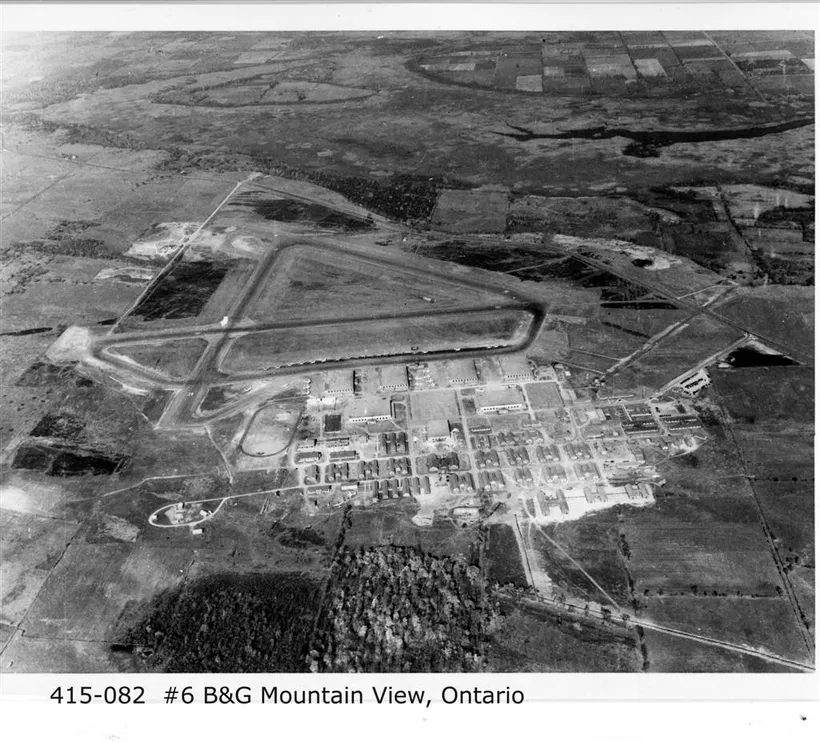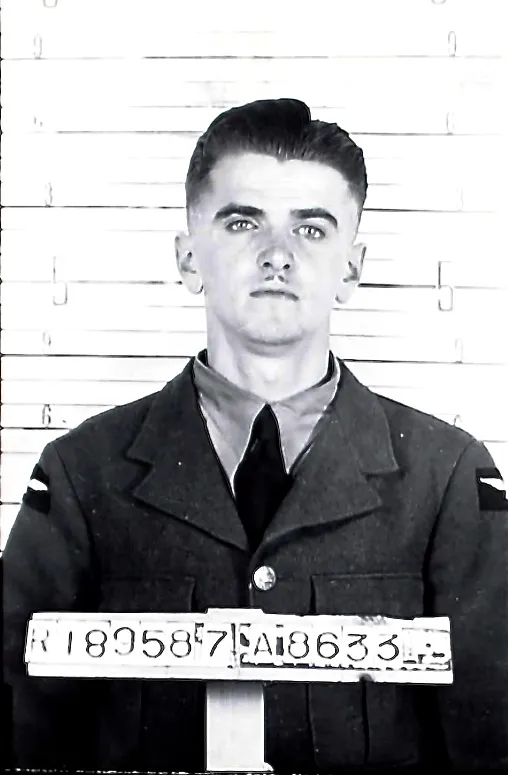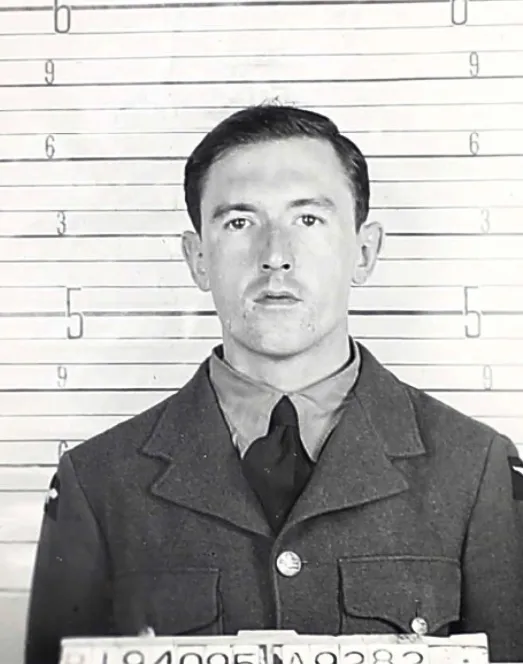Shields, Leo Gerard (Leading Aircraftman)
Killed in Flying Accident 1943-October-07
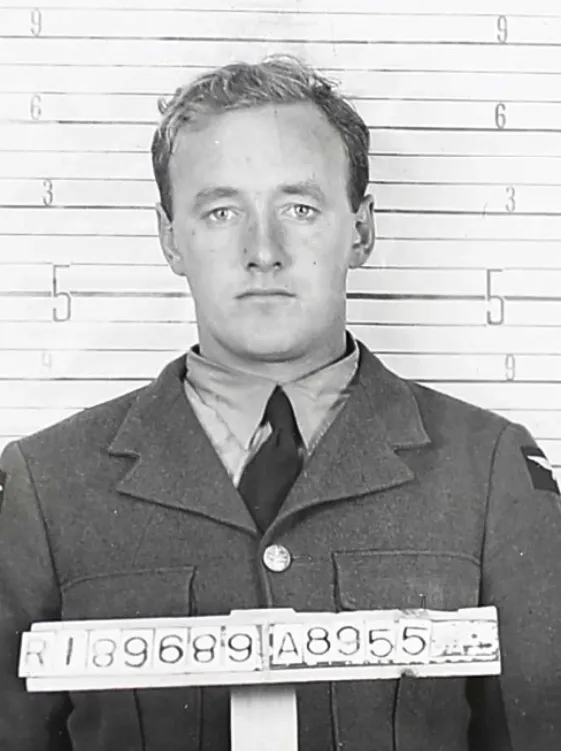

Birth Date: 1914-January-11
Born:
Parents: Son of Joseph Stevens Shields and Margaret Ellen Shields, of Quebec City; husband of Geraldine Shields, of Quebec City.
Spouse: Husband of Geraldine Shields, of Quebec City.
Home: Quebec City, Quebec
Enlistment:
Enlistment Date: unkown date
Service
RCAF
Unit
6 BGS- Bombing & Gunnery School
Base
Mountain View, Ontario, Canada
Rank
Leading Aircraftman
Position
Air Gunner
Service Numbers
R/189689
Home
This incident involved multiple aircraft:
- Bolingbroke Mk. IVT Serial: 10015
- Bolingbroke Mk. IVT Serial: 10084
All the above aircraft in the above list are referenced in this report.
Crew or Other Personnel
Bolingbroke 10015
Accident Card - Bristol Bolingbroke Mk. IVT serial:10015
This accident involved 2 aircraft on 1943-October-07. They are: Bolingbroke IVT s/n 10084, Bolingbroke IVT s/n 10015.
This accident involved 8 people. Lussier JRR, Prete LJ, Porter DG, Paquin CA, Riopel RJH, Smith LF, Shields LG, Gagnon JJA
This accident had 7 fatalities. Sergeant Joseph Jean Andre Gagnon RCAF Killed in Flying Accident service no:R/177294 Bolingbroke 10015, Leading Aircraftman Leo Gerard Shields RCAF Killed in Flying Accident service no:R/189689 Bolingbroke 10015, Leading Aircraftman Joseph Henri Rosaire Riopel RCAF Killed in Flying Accident service no:R/194095 Bolingbroke 10015, Sergeant Joseph Raoul Rene Lussier RCAF Killed in Flying Accident service no:R/189587 Bolingbroke 10015,Flying Officer Donald Gordon Porter RCAF Killed in Flying Accident service no:J/16357 Bolingbroke 10084, Pilot Officer Louis Joseph Prete RCAF Killed in Flying Accident service no:J/40973 Bolingbroke 10084, Leading Aircraftman Joseph Alphonse Camille Adelard Paquin RCAF Killed in Flying Accident service no:R/189579 Bolingbroke 10084
Bolingbroke serial: 10015
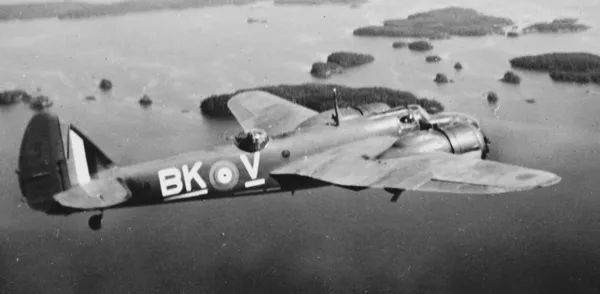
Fairchild Bolingbroke Mk. IV, RCAF (Serial No. 9118), coded BK-V, No. 115 (Bomber Reconnaissance) Squadron, Patricia Bay, British Columbia, 1942.
The Bristol Fairchild Bolingbroke was a maritime patrol aircraft and trainer used by the Royal Canadian Air Force during the Second World War. Built by Fairchild-Canada, it was a license-built version of the Bristol Blenheim Mk IV bomber.
In 1935, the British Air Ministry issued Specification G.24/35 to procure a coastal reconnaissance/light bomber to replace the Avro Anson. Bristol proposed the Type 149, based on its Blenheim Mk I, with Bristol Aquila engines to give greater range. While the Air Ministry rejected this proposal, a Blenheim Mk I, retaining its Mercury VIII engines, was converted as a Type 149 (Blenheim Mk III) for the general reconnaissance role.The nose was lengthened to provide more room for the bombardier, with the upper left surface of the nose being scooped out to maintain pilot visibility during takeoff and landing.
The longer range also fulfilled a Canadian requirement for a maritime patrol aircraft. Consequently, Fairchild Aircraft Ltd. (Canada) of Quebec started production of the Blenheim Mk IV as the Bolingbroke (the originally intended name for the Blenheim IV). This type was nicknamed the "Bolly". After a small run of aircraft constructed to British specifications, as the Bolingbroke Mk I, Fairchild switched production to the Bolingbroke Mk IV with Canadian and American instruments and equipment. These versions also included anti-icing boots and a dinghy. One of the early Mk IV variants was the Bolingbroke Mk IVW which was powered by two 825 hp (615 kW) Pratt & Whitney SB4G Twin Wasp Junior engines. Incapable of maintaining altitude on one engine, the normal bomb load was reduced to 500 pounds on these aircraft to compensate for the low engine power. The most-produced variant was the Bolingbroke Mk IVT trainer, of which 457 were completed. A total of 626 Bolingbrokes were produced. Wikipedia
Aircraft Images
Bolingbroke 10015
Bolingbroke Mk. IVT 10015
With No. 6 B&GS at Mountain View, ON as of mid-1943. On 7 Oct 1943, this a/c collided as the No 3 with No 2 in the formation, #10084, while practicing formation flying off Nicholson's Island during an aborted gunnery exercise. The crew, Flight Sergeant L. Prete and Leading Aircraftman trainees J. Lussier, J. Riopel, and L. Smith, were all killed. Allocated to No. 6 RD on 22 Oct 1943 for write off action.{{link,canadaprimary,https://heritage.canadiana.ca/view/oocihm.lac_reel_c5933/2556,RCAF - Accident Investigation File}}
1942-11-06 Taken on Strength No. 1 Training Command 2019-08-20
1942-December-19 Accident: RCAF STN Loc: Aerodrome Names: Dunkerly | Edwardsen | Exon | Ussells
1943-October-07 Accident: RCAF STN Loc: Gunnery Range Off Nicholson's Is Names: Gagnon | Lussier | Paquin | Porter | Prete | Riopel | Shields | Smith
1943-11-19 Struck off Strength Struck off, reduced to spares and produce 2019-08-20
Bolingbroke 10084
Bolingbroke Mk. IVT 10084
Delivered to stored reserve with No. 1 TC, issued on 25 Mar 1943. With No. 6 B&GS at RCAF Stn Mountain View, ON in mid-1943. Cat "A" crash at Mountain View. On 7 Oct 1943, the a/c collided when flying as No 2 with No 3, #10015, flying in formation off Nicholson's Island, having misunderstood a signal from the leader in No 1 to abort the gunnery exercise. The crew, Pilot Officer D. Porter and Leading Aircraftman trainees L. Shields, J. Gagnon, and J. Paquin all perished. Wreckage to No. 6 RD at Trenton on 22 Oct 1943, for write off.1943-02-02 Taken on Strength 2019-08-20
1943-October-07 Accident: RCAF STN Loc: Gunnery Range Off Nicholson's Is Names: Gagnon | Lussier | Paquin | Porter | Prete | Riopel | Shields | Smith
1943-11-19 Struck off Strength Struck off after crash, reduced to spares and produce 2019-08-20
Unit Desciption
6 BGS (6 Bomb and Gunnery School)
The Bombing and Gunnery School (B&GS) offered instruction in the techniques of bomb aiming and aerial machine gunnery to Air Observers, Bomb Aimers, and Wireless Air Gunners. These schools required large areas to accommodate their bombing and gunnery ranges, and were often located near water. The Avro Anson, Fairey Battle, Bristol Bolingbroke, and Westland Lysander were the standard aircraft used at B&GS schools.